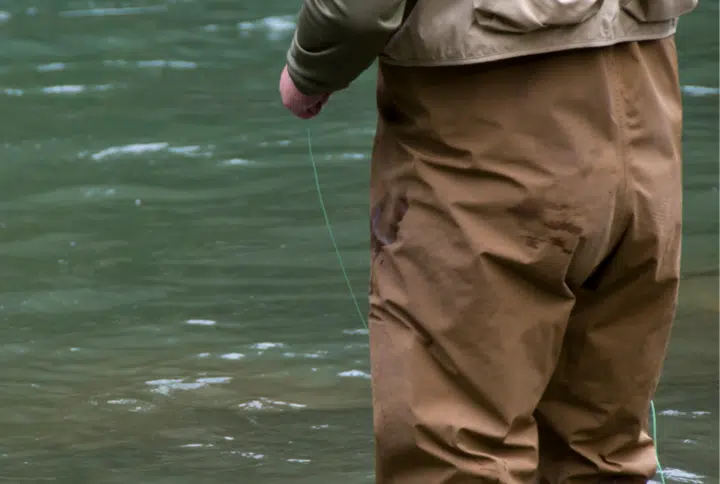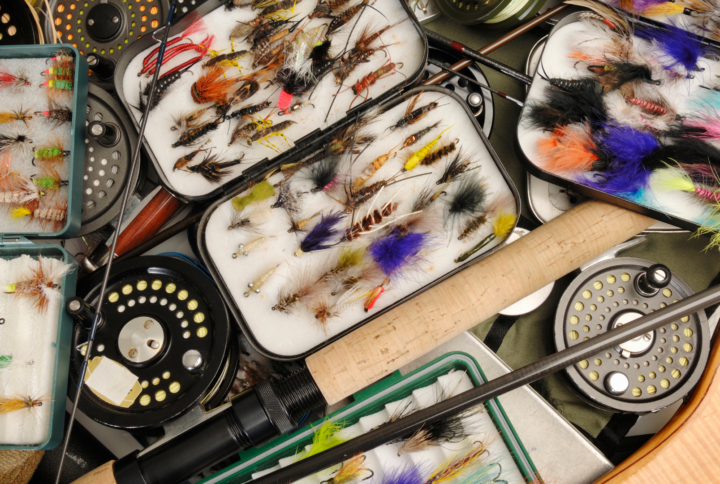Little River - Maryville - Tennessee
Fly Fishing River Report & Conditions
Little River – Maryville - Water Flow Chart
Little River – Maryville - Weather report & radar
Little River – Maryville - General hatch chart
| Month | Hatch | Time of Day | Recommended Fly Sizes | Popular Fly Patterns |
|---|---|---|---|---|
| January | Midges | Afternoon | 18-22 | Black Fly Larva, Griffith’s Gnat |
| February | Midges | Afternoon | 18-22 | Zebra Midge, San Juan Worm |
| Blue Winged Olives | Late Afternoon | 16-18 | Adams, Blue Quill | |
| March | Blue Winged Olives | Afternoon | 14-16 | Pheasant Tail, Copper John |
| Quill Gordon | Evening | 12-14 | Elk Hair Caddis, Parachute Adams | |
| Early Brown Stonefly | Mid Day | 10-12 | Beadhead Pheasant Tail, Beadhead Prince | |
| April | Blue Winged Olives | Afternoon | 14-16 | Copper John, Pheasant Tail |
| Little Yellow Stoneflies | Mid Day | 14-16 | Yellow Sally, Humpy | |
| May | Green Drakes | Evening | 8-10 | Green Drake Dun, Green Drake Cripple |
| Sulphurs | Afternoon | 14-18 | Yellow Comparadun, Sulphur Emerger | |
| Yellow Sally Stoneflies | Mid Day | 14-16 | Yellow Sally, Stimulator Yellow | |
| June | Sulphurs | Afternoon | 16-18 | Sulphur Dun, Sulphur Emerger |
| Yellow Sally Stoneflies | Mid Day | 14-16 | Yellow Sally, Stimulator Yellow | |
| July | Terrestrials | Mid Day | 12-16 | Beetle, Ant |
| Yellow Sally Stoneflies | Mid Day | 14-16 | Stimulator Yellow, Yellow Sally | |
| August | Terrestrials | Mid Day | 12-16 | Beetle, Ant, Hopper |
| September | Terrestrials | Mid Day | 12-16 | Hopper, Beetle, Ant |
| October | Blue Winged Olives | Afternoon | 16-18 | Pheasant Tail, Hare’s Ear |
| Caddis | Evening | 14-18 | Elk Hair Caddis, X-Caddis | |
| November | Blue Winged Olives | Late Afternoon | 18-20 | BWO Emerger, Tiny Blue Dun |
| Midges | Afternoon | 18-22 | Zebra Midge, Black Fly Larva | |
| December | Midges | Afternoon | 18-22 | Black Fly Larva, Griffith’s Gnat |
Little River – Maryville Access Points
When planning to fly fish on the Little River in Maryville, keep in mind the following top access points:
- Kinzel Springs: This offers excellent trout fishing spots. It is accessible through the Little River Road crossing.
- Tremont: A popular area conveniently located. It has multiple access points along the gravel road leading into the Great Smoky Mountains National Park.
- The Sinks: This bridge crossing point serves as a productive area for brown trout.
- Elkmont: This is a favorite spot among fly fishermen for its rainbow trout population. Accessible via the Little River trailhead.
- Metcalf Bottoms: Noted for smaller trout, this area is accessible from Little River Gorge Road.
Make sure to understand local fishing regulations and always practice catch and release to preserve these resources for future generations.
Little River – Maryville Fishing Spots
The Little River flowing through Maryville offers some of the best spot for fly fishing. Among the stand out spots are:
- Tremont: Situated in the Great Smoky Mountains National Park. It’s home to rainbow and brook trout.
- Cades Cove: Although it’s largely known for its scenic beauty, fly fishing in Abrams Creek is equally enjoyable.
There are several specialized areas within these spots that provide great fishing opportunities:
- Elkmont Campground: Located in the Little River, it’s an excellent location for rainbow and brook trout.
- Townsend: The stretch of the Little River in and around Townsend has a good population of smallmouth bass.
- Metcalfe Bottoms: A popular area inside the park located on Little River Road. It’s an excellent place for catching larger brown trout.
Little River – Maryville Local Fish Species
- Smallmouth Bass: This is a sought-after game fish on the Little River, known for their aggressive fights and acrobatics.
- Trout: These include the Rainbow, Brown, and Brook species, which are all native to the area and are popular for their various challenges and behaviors.
- Largemouth Bass: Though not as common as the Smallmouth, anglers also target the Largemouth for its size and strength.
- White Bass: This species moves into the Little River in large numbers during their annual spawning run, offering exciting fishing.
- Crappie: Loved by many anglers, Crappie can offer a fun day of fishing with their propensity to bite a well-placed fly.
- Bluegill: These are small but aggressive fish, which makes them great fun on a fly rod.
- Carp: Carp offer a real challenge on the fly, being extremely powerful and also very wary creatures.
- Walleye: Walleye are a trophy fish in the Little River and are a favorite among local anglers.
About the Little River – Maryville
The Little River is a gem in East Tennessee, rippling its way through the quaint town of Maryville before making its journey towards the Tennessee River. This beautiful freshwater stream has a rich history entwined with the origins of the local community.
- Indigenous populations initially used the river for fishing and transportation long before European settlers arrived in late 18th century.
- Maryville, established in 1795, began flourishing around the river due to the fertile land and accessibility to water.
- In the 19th century, the river became a critical component of the booming logging industry, with floating logs downstream to mills.
- Today, the river offers an oasis for rafters, anglers, and nature enthusiasts, being an integral part of Maryville’s charm and natural beauty.
Community Contributions
Be part of the fishing community!
No updates submitted for this river.



